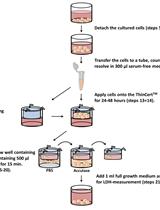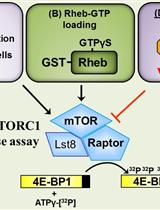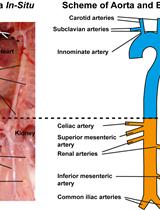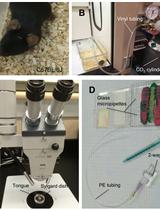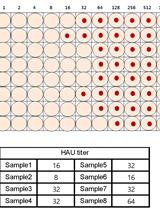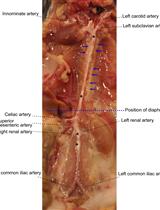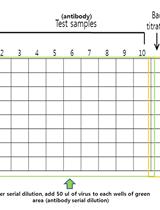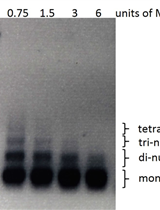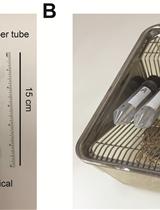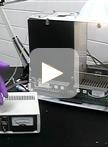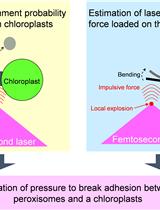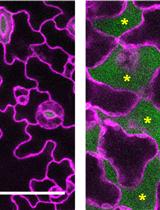往期刊物2016
卷册: 6, 期号: 11
生物化学
Development and Application of a Fully Blind Flexible Peptide-protein Docking Protocol, pepATTRACT
全盲柔性肽-蛋白对接实验方法pepATTRACT的开发和应用
癌症生物学
In vitro Tumor Cell Migration Assay Using ThinCertsTM (Transwells)
使用ThinCertsTM (一种侵袭迁移培养皿)进行体外肿瘤细胞迁移试验
In vitro mTORC1 Kinase Assay for Mammalian Cells Protocol
哺乳动物细胞的体外mTORC1激酶酶活测试法
细胞生物学
Aorta Atherosclerosis Lesion Analysis in Hyperlipidemic Mice
高血脂小鼠中的主动脉粥样硬化病变分析
Isolating Taste Buds and Taste Cells from Vallate Papillae of C57BL/6J Mice for Detecting Transmitter Secretion
从C57BL/6J小鼠轮廓乳头中分离味蕾和味觉细胞以检测递质分泌
免疫学
Hemagglutination Inhibition (HI) Assay of Influenza Viruses with Monoclonal Antibodies
单克隆抗体介导的流感病毒血细胞凝集抑制(HI)试验
Preparation of Single Cell Suspensions from Mouse Aorta
从小鼠主动脉制备单细胞悬浮液
Micro Neutralization (MN) Assay of Influenza Viruses with Monoclonal Antibodies
单克隆抗体介导的流感病毒微中和(MN)测定试验
微生物学
MNase Digestion for Nucleosome Mapping in Neurospora
微球菌核酸酶消化法分析脉孢菌中核小体图谱
神经科学
Sucrose Preference Test to Measure Stress-induced Anhedonia
蔗糖偏好实验测量小鼠的应激诱导快感缺乏
In utero Electroporation of Mouse Cerebellar Purkinje Cells
子宫内电穿孔法检测小鼠小脑蒲肯野细胞
Sensitive Assessment of Hippocampal Learning Using Temporally Dissociated Passive Avoidance Task
用时间解离性被动回避任务对海马依赖型学习敏感性的评估
植物科学
Bioassays to Investigate the Effects of Insect Oviposition on a Plant’s Resistance to Herbivores
生物测定法研究昆虫产卵对植物抵御食草动物的影响
Quantification of the Adhesion Strength between Peroxisomes and Chloroplasts by Femtosecond Laser Technology
采用飞秒激光技术定量测定过氧化物酶体和叶绿体之间的粘附强度
Differential and Simultaneous Visualization of Cells and Airspaces in Plant Leaves
植物叶中细胞和气孔的微分和同步可视化





